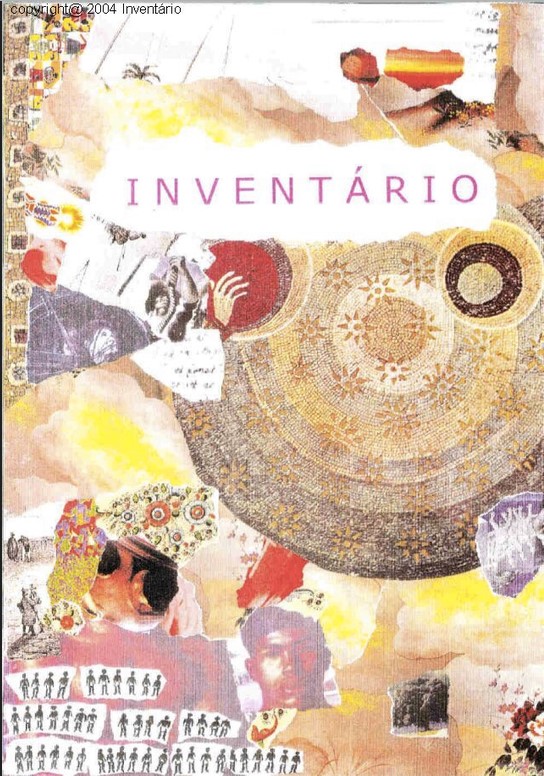SELFISH ANIMALS IN CHARLES DICKENS’S MARTIN CHUZZLEWIT
Mots-clés :
Charles Dickens, Martin Chuzzlewit, Victorian literature, animals in literature.Résumé
Abstract: Martin Chuzzlewit is a novel which marks the beginning of a new phase in Charles Dickens’s career. A period when he already dealt with the fame acquired with novels like The Pickwick Papers and Oliver Twist but felt that he had to change the course of his writing and achieve a more sophisticated style to become the qualified and respected author he wanted to be. This essay discusses how Dickens developed his use of imagery and symbolism in this phase of his career to add depth to his characters and magic to the world where they live. The main focus is the animal imagery in Martin Chuzzlewit, of 1846, but it also considers the two following novels, Dombey and Son and David Copperfield, which belong to the same period. There are loyal dogs like Florence Dombey’s Diogenes and stubborn donkeys invading Betsy Trotwood’s green. Some of those animals possess human-like characteristics, which is not exactly a surprise in a world like Dickens’s, where umbrellas and wooden legs have their own minds and wishes. But an even more curious situation than anthropomorphising animals is when the opposite occurs and we also have humans acting like animals, with Mr Pecksniff lacking only the feathers to become a bird, or Uriah Heep’s finger leaving tracks along the page like a snail. Those comparisons allow Dickens to leave the civilized culture aside and expose people being led by the most basic instincts of natural competition and survival.
Key words: Charles Dickens; Martin Chuzzlewit; Victorian literature; Animals in literature.
Resumo: O romance Martin Chuzzlewit marca o início de uma nova fase na carreira de Charles Dickens. Em um período em que ele já lidava com a fama adquirida através de romances como The Pickwick Papers e Oliver Twist, mas sentia que precisava sofisticar seu estilo se quisesse se tornar o qualificado e respeitado escritor que ele pretendia ser. Este ensaio é sobre como Dickens desenvolveu seu uso de figuras de linguagem e simbolismo nesta fase de sua carreira para acrescentar profundidade aos seus personagens e mágica ao mundo onde eles vivem. O foco principal aqui é o uso imagético de animais em Martin Chuzzlewit, de 1846, mas também são considerados os dois romances que se seguiram a ele, Dombey and Son e David Copperfield. Temos cães fieis como Diogenes de Florence Dombey, e burros teimosos invadindo a grama de Betsy Trotwood. Alguns dentes animais demonstram características humanas, o que não é surpresa em mundo como o de Charles Dickens onde guarda-chuvas e pernas de pau tem suas próprias vontades. Mas ainda mais curioso do que animais antropomórficos é ver o oposto acontecendo e humanos agindo como animais, com o Sr. Pecksniff faltando-lhe unicamente as penas para ser um pássaro, ou o dedo de Uriah Heep deixando rastros na página com uma lesma. Este tipo de comparações permitem a Dickens deixar o mundo civilizado de lado e expor pessoas sendo levadas pelos mais básicos instintos de competição e sobrevivência.
Palavras-chave: Charles Dickens; Martin Chuzzlewit; Literatura Vitoriana; Animais na literatura.
Téléchargements
Références
REFERENCES
CASTILLO, Larisa T. Natural authority in Charles Dickens's Martin Chuzzlewit and the Copyright Act of 1842. Nineteenth-century literature. Oakland CA: University of California Press, 2008. Vol. 62, p. 435-464. Available at Accessed on 06 Mar. 2013.
CHEVALIER, Jean; GHEERBRANT, Alain. Dictionary of symbols. Translated by BUCHANAN-BROWN, John. London: Penguin, 1996.
COCKSHUT, A. O. J. The imagination of Charles Dickens. London: Methuen, 1965.
DANAHAY, Martin A.; MORSE, Deborah Denenholz (Ed.). Nature red in hoof and paw: domestic animals and violence in Victorian art. In: Victorian animal dreams: representations of animals in Victorian literature and culture. Aldershot: Ashgate publishing, 2007. p. 97-119.
DICKENS, Charles. David Copperfield. London: Penguin, 2012. Digital edition.
DICKENS, Charles. Dombey and son. London: Penguin, 2012. Digital edition.
DICKENS, Charles. Martin Chuzzlewit. London: Penguin, 2012. Digital edition.
EASON, Cassandra. Fabulous creatures, mythical monsters, and animal power symbols. London: Greenwood, 2008.
KREILKAMP, Ivan. Dying like a dog in Great Expectations. In: MORSE, Deborah Denenholz; DANAHAY, Martin A. (Ed.). Victorian animal dreams: representations of animals in Victorian literature and culture. Aldershot: Ashgate Publishing, 2007. p. 81-94.
MANGUM, Teresa. Animal angst: Victorians memorialize their pets. In: MORSE, Deborah Denenholz; DANAHAY, Martin A. (Ed.). Victorian animal dreams: representations of animals in Victorian literature and culture. Aldershot: Ashgate Publishing, 2007. p. 15-34.
MCCARTHY, Patrick J. The language of Martin Chuzzlewit. SEL Studies in English literature, 1500-1900. Huston TX: Rice University Press, 1980. Vol. 20, p. 637-649. Available at Accessed on: 06 Mar. 2013.
MICHIE, Elsie B. Horses and sexual/social dominance. In: MORSE, Deborah Denenholz; DANAHAY, Martin A. (Ed.). Victorian animal dreams: representations of animals in Victorian literature and culture. Aldershot: Ashgate Publishing, 2007. p. 145-66.
MILLER, J. H. Charles Dickens: the world of his novels. London: Indiana University, 1969.
MORSE, Deborah Danenholz; DANAHAY, Martin A. (Ed.). Victorian animal dreams: representations of animals in Victorian literature and culture. Aldershot: Ashgate Publishing, 2007.
MURRAY, Brian. The bedside, bathtub & armchair companion to Dickens. London: Continuum, 2009.
PAYNE, Anne. Medieval beasts. London: The British Library, 1990.
RITVO, Harriet. The animal state: the English and other creatures in the Victorian age. London: Penguin, 1990.
SANDERS, Andrew. Charles Dickens. Oxford: Oxford University Press, 2009.
SLATER, Michael. Charles Dickens. New Haven: Yale University Press, 2011.
SUTHERLAND, John. The Dickens dictionary. London: Icon Books, 2012.
WALDER, Denis (Ed.). Charles Dickens, Dombey and son. Oxford: Oxford University, 2008.
WHITE, T. H. The book of beasts: being a translation from a Latin bestiary of the twelfth century. London: Cape, 1954.







